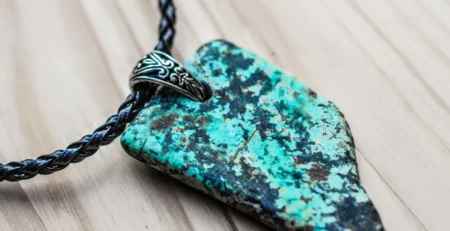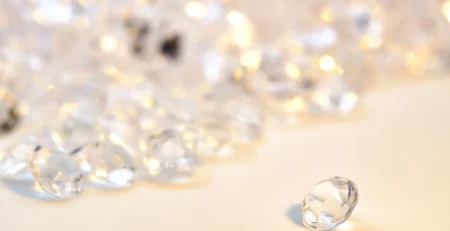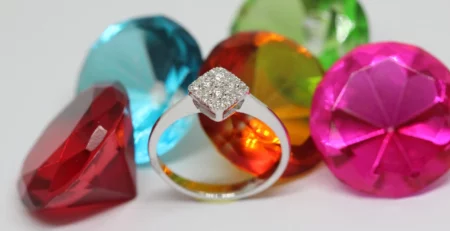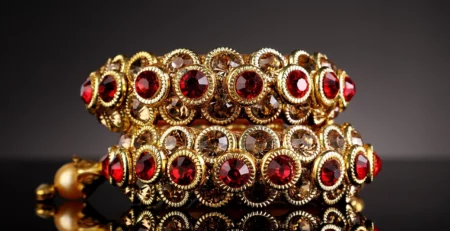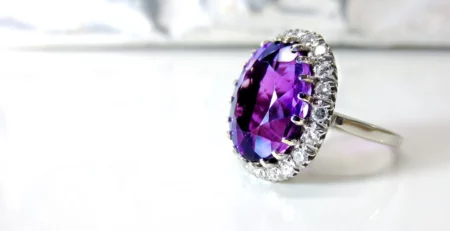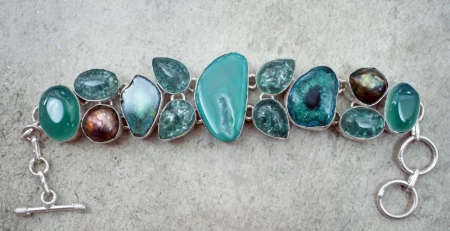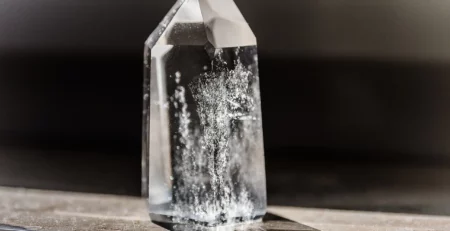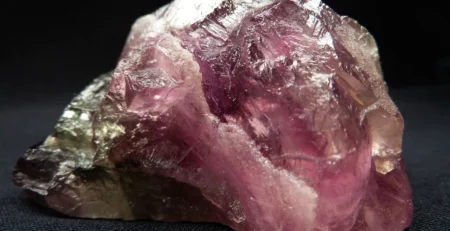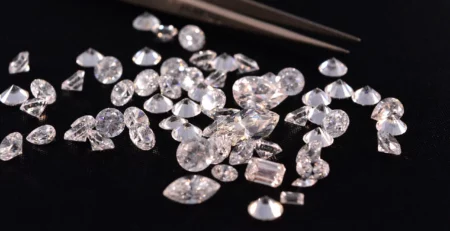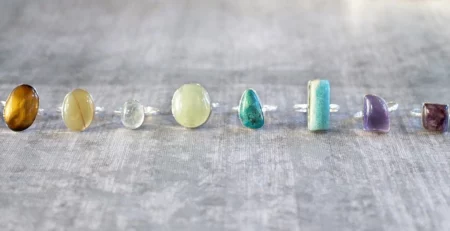10 Reasons Why Diamond Stones Is One of the Most Precious Stones In The World?
In the enchanting world of gemstones, there’s one that truly stands out as the crowning jewel—diamond stones. Renowned for its unparalleled beauty and extraordinary properties, the diamond has earned its reputation as the most precious stone in the world. This precious gem has captured the hearts of people for centuries, gracing engagement rings, royal crowns, and exquisite jewelry pieces with its dazzle.
Why Diamond Stone is one of the most precious stones?
But what makes diamond stones so special? Is it just its mesmerizing sparkle, or is there more to this gem than meets the eye?Here we will explore the top 10 reasons why diamond rightfully holds the title of the most precious stone in the world. From its remarkable geological origins to its unmatched brilliance, we will explore the facets that make diamond stones a true marvel of nature.
1. Geological Rarity of diamond stone
Formed deep within the Earth’s mantle under extreme pressure and heat, diamonds hold a fascinating origin. Their creation involves carbon atoms arranging into a unique crystal structure. This geological rarity is one of the key reasons why diamonds are so precious.
2. Unmatched Hardness
Diamonds are the hardest natural substance on Earth. Their hardness on the Mohs scale is a perfect 10, making them highly resistant to scratching and abrasion. This exceptional durability adds to their value, as they can withstand the test of time.
3. Brilliance and Fire
Diamond stones possess a captivating brilliance and fire that is unrivaled by any other gemstone. This exceptional play of light within the diamond, known as dispersion, creates those mesmerizing flashes of color that make it so attractive.
4. Timeless Symbolism
Associated with love and commitment, diamond stones have held a significant place in the realm of emotions for a considerable period.
5. Scarcity of diamond stone
The controlled supply of diamond stones contributes to their high market value stones, making them a sought-after luxury item.
Also Read- Navigating The Best Jewelry Stores In Singapore
6. Unique Color Variations
Fancy colored diamonds, coming in various colors, include the rarest and most valuable specimens. These exceptional gems can exhibit hues like blue, pink, and green, adding diversity and intrigue to the world of diamonds.
7. Cultural Significance of diamond stone
Throughout history, diamond stones have held cultural significance in various civilizations. Diamonds are believed to possess mystical powers and adorning royal regalia, have been revered and treasured across different cultures.
8. Ethical and Sustainable Practices
In recent years, the diamond industry has made significant strides in ensuring ethical and sustainable practices. The Kimberley Process Certification Scheme aims to prevent the trade of conflict or blood diamonds, assuring consumers that responsible sourcing of diamonds is ensured.
9. Scientific Applications of diamond stone
Diamond Stones are not just beautiful; they also have practical uses in various scientific applications. Their hardness and thermal conductivity make them valuable materials for cutting tools, drilling, as well as heat sinks in electronics.
10. Investment Value
Diamonds can serve as a form of investment. While their value can appreciate over time, they also offer the joy of wearing and admiring their beauty. This dual purpose makes them a unique investment choice.
Also Read- Best Gold Earrings In Singapore – Tips For Buying
Quick Tips for the Readers for diamond stone
- Research Before Buying: Before purchasing a diamond, educate yourself about the 4 Cs: Cut, Color, Clarity, and Carat weight. Understanding these factors will help you make an informed decision.
- Set a Budget: Determine your budget before shopping for a diamond. Diamonds come in a wide range of prices, so it’s essential to know what you can afford.
- Buy from Reputable Sources: Purchase diamonds from reputable jewelers who provide certificates of authenticity. Ensure they adhere to ethical and sustainable practices.
- Consider Diamond Shapes: Diamonds come in various shapes (round, princess, oval, etc.). Choose a shape that appeals to your personal taste and style.
- Check for Certification: Always ask for a diamond certificate from a recognized gemological laboratory. This document verifies the diamond’s quality and authenticity.
- Appreciate Fancy Colors: Explore fancy colored diamond stones, such as blue, pink, or yellow, for unique and stunning options.
Interesting Facts and Figures About Diamond Stone
- The Dresden Green Diamond: The Dresden Green Diamond, with its intense green color, is one of the world’s most famous green diamonds and is on display at the Dresden Castle in Germany.
- Diamonds have been discovered in meteorites, indicating that they are not exclusive to Earth. These space diamonds form under extreme pressure and temperature conditions in outer space.
- Diamond Stone Reserves: Approximately 30% of mined diamonds are considered to be of gem quality, suitable for jewelry, with the majority being utilized for industrial purposes such as cutting and drilling.
- Diamond Engagement Rings: The tradition of giving a diamond engagement ring dates back to the 15th century when the Archduke Maximilian of Austria gave a diamond ring to Mary of Burgundy. It became popularized in the 20th century due to De Beers’ marketing campaigns.
- The Blue Moon Diamond: At auction in 2015, the Blue Moon Diamond, a rare 12.03-carat blue diamond, fetched a record-breaking $48.4 million.
- Diamond Mining Impact: Diamond mining has environmental impacts, including habitat disruption and water pollution. Efforts are underway to minimize these effects through responsible mining practices.
Key Takeaways
- Geological Rarity: Diamonds form deep within the Earth, making each one unique and valuable.
- Unmatched Hardness: Diamonds are the hardest natural substance, ensuring durability and longevity.
- Brilliance and Fire: Their exceptional play of light creates mesmerizing flashes of color, making them captivating.
- Timeless Symbolism: Diamonds symbolize enduring love, enhancing their sentimental value.
- Scarcity: Controlled supply and limited availability contribute to their high market value.
- Unique Color Variations: Rare colors like blue and pink add diversity and intrigue to diamonds.
- Cultural Significance: For centuries, various civilizations have revered and treasured diamonds.
- Ethical and Sustainable Practices: The industry has embraced ethical sourcing, therefore preventing the trade of conflict diamonds.
FAQs
Are lab-grown diamonds as valuable as natural diamonds?
Lab-grown diamonds have gained popularity as an ethical and sustainable alternative to natural diamonds. While they share many of the same physical and chemical properties as natural diamonds, they are generally less valuable in the market. Natural diamonds are prized for their rarity, which contributes to their higher intrinsic value.
What is the difference between a diamond’s cut and shape?
The cut of a diamond refers to the quality of how the diamond was cut and faceted, affecting its brilliance and sparkle. It’s one of the “Four Cs” used to evaluate a diamond’s quality. Diamond shape, on the other hand, refers to the external outline or form of the diamond—common shapes include round, princess, emerald, and pear.
How can I ensure the diamond I buy is ethically sourced?
Ensuring the ethical sourcing of a diamond involves choosing a jeweler who follows responsible practices. Look for diamonds with Kimberley Process Certification to prevent the purchase of conflict or “blood” diamonds.


